9 secrets to container gardening
Pots make gardening seem easy, but there’s still plenty that can go wrong. Certified organic grower Tom Yost shares his nine tips for planting in pots this spring.
1. New soil
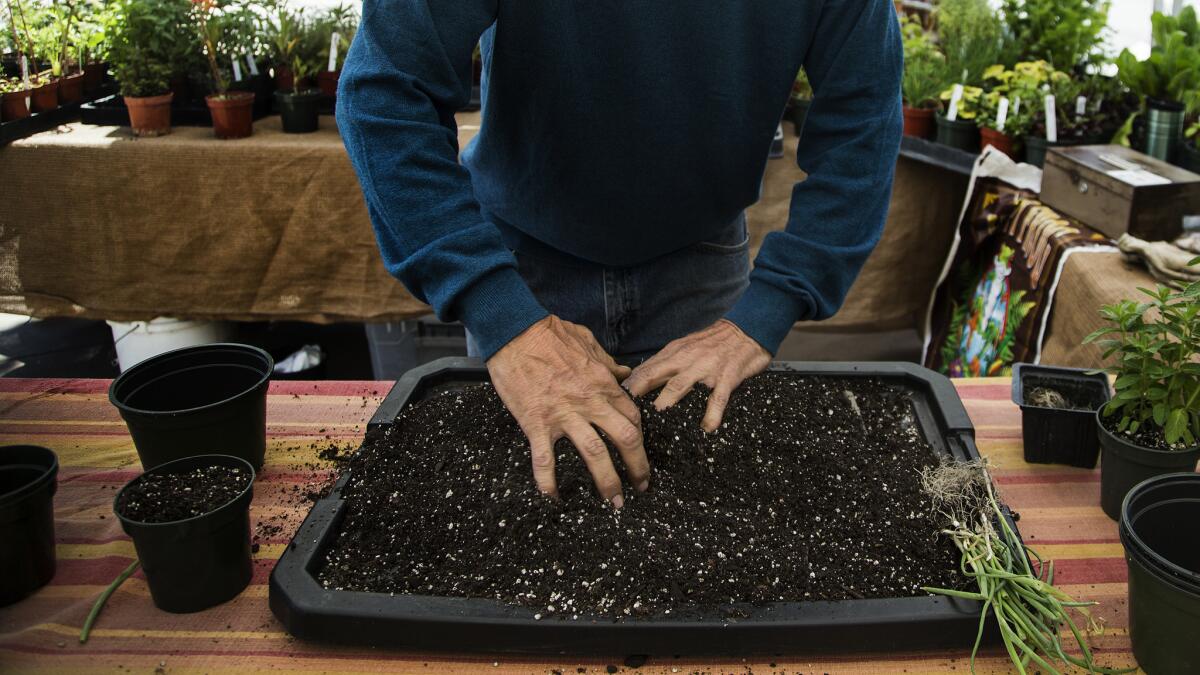
After a year or two of housing flowers or vegetables, the soil in your container garden will be depleted of the nutrients needed to keep plants strong and healthy. So what to do with that old soil? Add it to your compost pile, or use it as a mulch in your garden, mixed in with native soils or other materials.
2. Check temperatures
Wait until nighttime temperatures in your area consistently stay above 50 degrees before you put heat-loving vegetables and flowers in pots, which make plants more susceptible to the cold. “If you plant them too early, the plants suffer and don’t do anything, and then people think they’ve failed,” Yost said. “It’s going to be easier if you just wait until the temperatures come up a little bit.”
3. Clean the pots
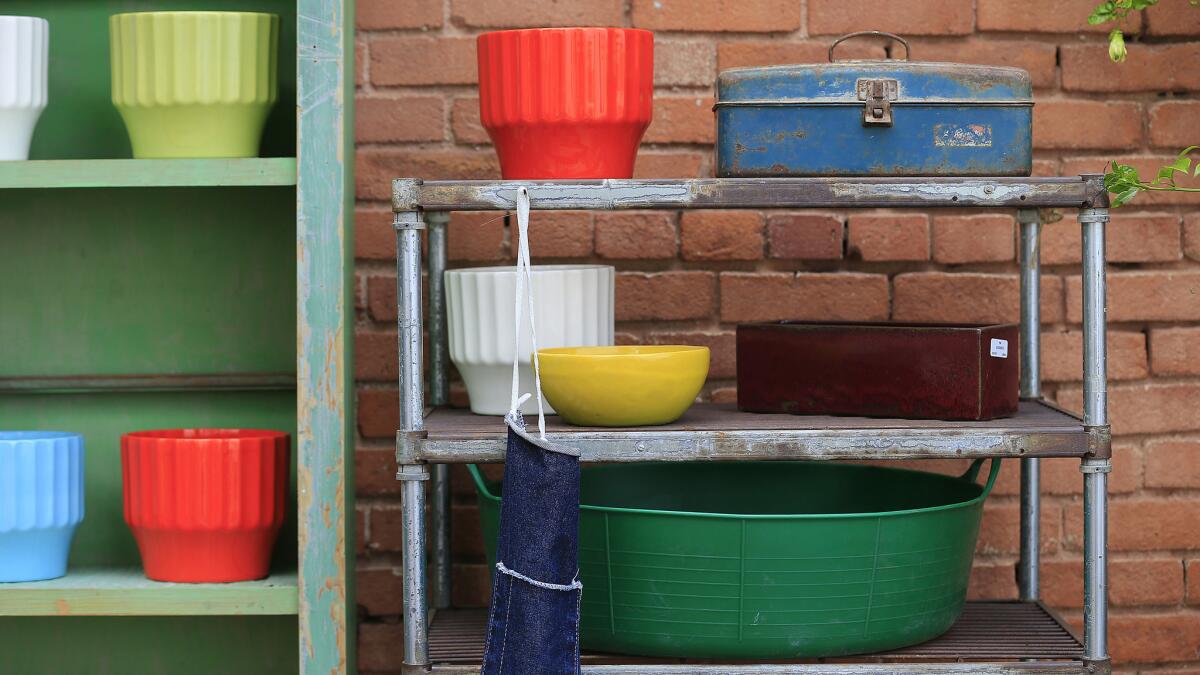
Before you add new soil, wash out your pots with a mild dish soap, such as Dawn or Ivory, “nothing with bleach or herbal essences,” Yost said. “If it’s good for your hands, it’s good for plants.” Let the pots air dry, to kill any lingering diseases or insects.
4. Size matters
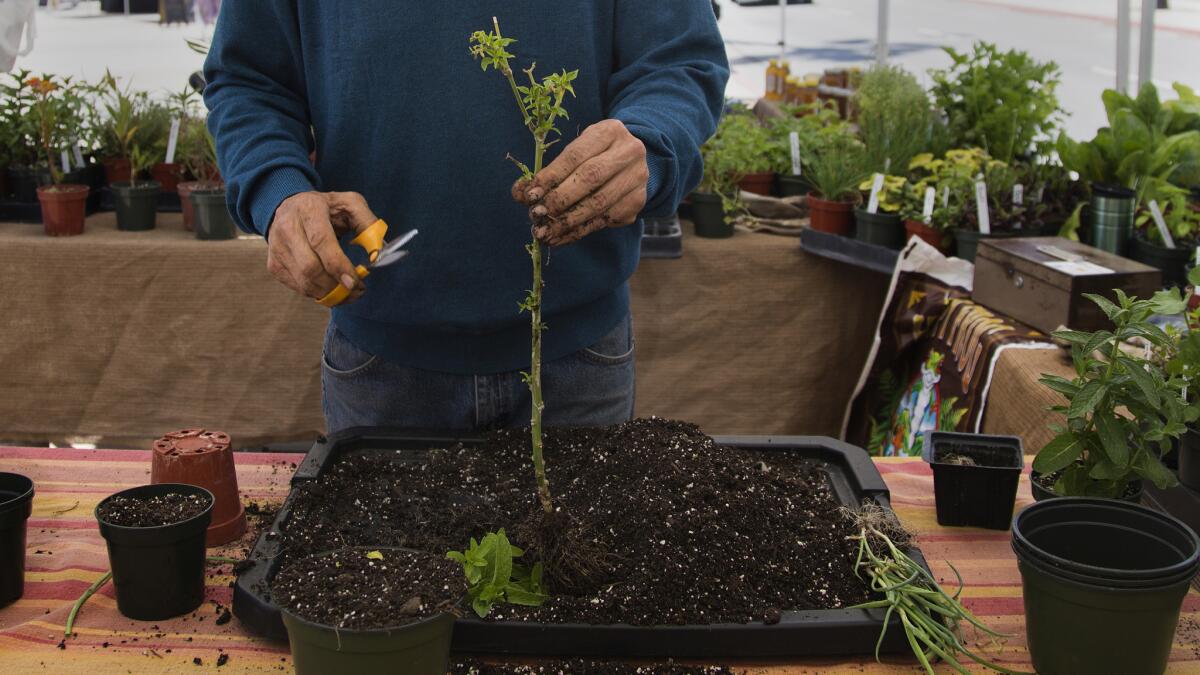
Choose a pot that will be big enough for your mature plants, about two thirds the size of your plant’s expected height, Yost said.
5. Splurge on potting soil
Buy the best potting soil you can afford, Yost said, one that includes time-release fertilizers, perlite (to help retain moisture) and organic material such as peat moss or redwood shavings. Yost doesn’t recommend soils with manure for pots, because of the odor, and the flies it can attract.
6. Prune the roots
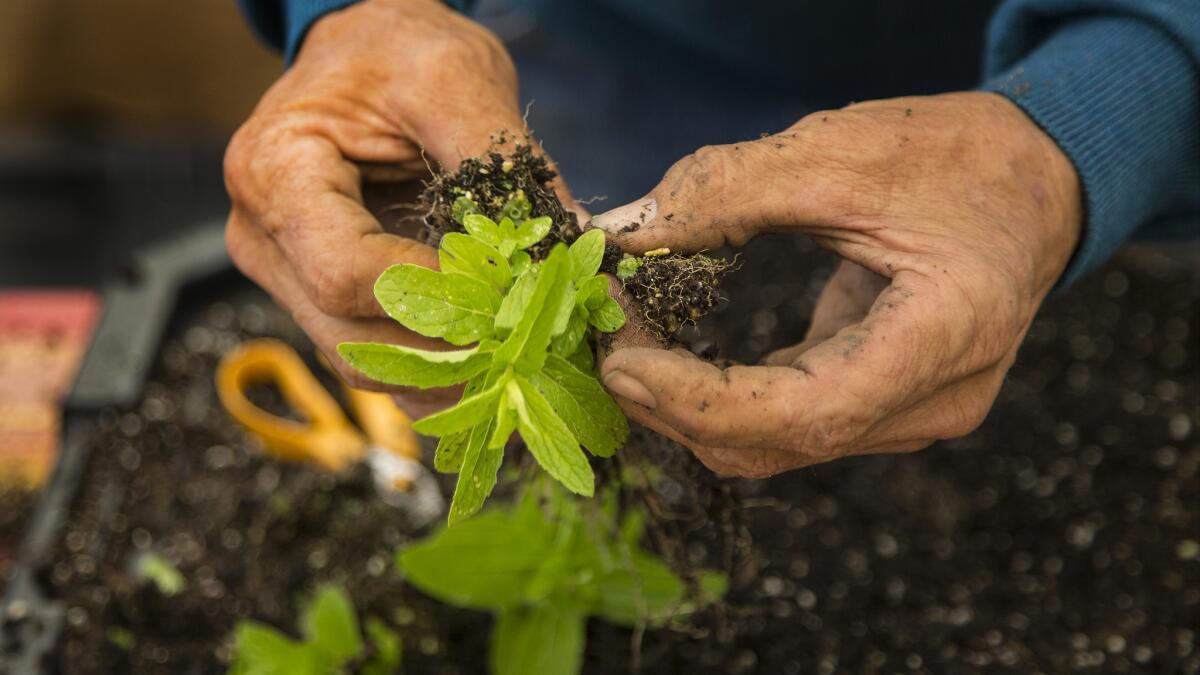
If you’re keeping or relocating a potted plant, it’s likely root bound, so prune back the root system “like you would prune back a rose” before you put it back in the pot, Yost said.
7. Don’t pack it in
Once your plant is in its new home, fill the pot to the top with loose soil. Then, give the pot a gentle but thorough watering, just until water drains from the bottom. This will help the soil nicely compact around the plant and its roots.
8. Drainage

Potted plants require good air circulation and drainage, so Yost recommends perching pots on blocks or bricks. He does not encourage use of trays, unless you’re leaving town on a hot weekend and want to use the “wick” method to keep plants moist while you’re away. Water trays may look nice, Yost said, but plants will suffocate if they stand in water too long.
9. Creative containers
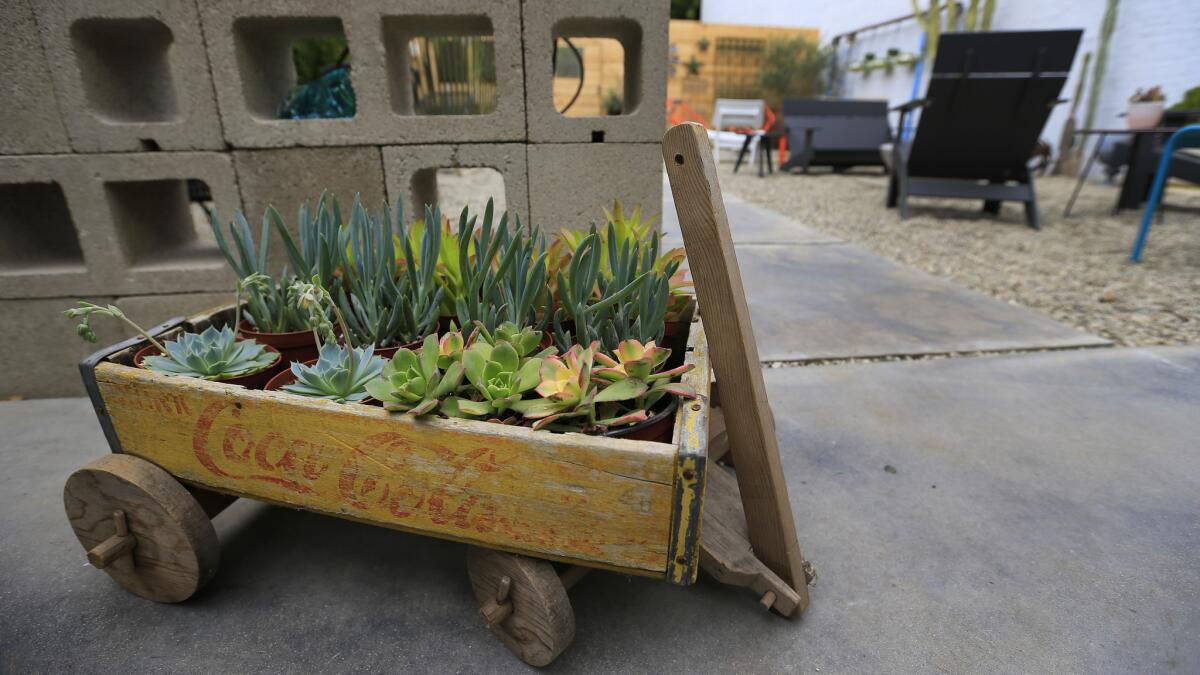
You can use almost any receptacle for plants, Yost said, providing you can add plenty of drainage holes. He scours yard sales for interesting containers and has used old wheelbarrows and toys on occasion to house his plants. Just don’t get too attached, he said. After a couple years exposure to sun, water and heat, most creative containers start to rust or rot and must be replaced.
“That’s why clay and plastic are so popular in the garden,” Yost said, “because they can stand the test of time.”
Follow me @jmarantos on Twitter




